Trump and Harris: Maneuvering the Political Landscape
As the 2024 presidential election looms closer, the political landscape in the United States is as dynamic and explosive as ever. Former President Donald Trump made an appearance at the Al Smith Dinner in New York City, an event that has historically included light-hearted roasting of political figures. Yet, Trump's presence was particularly noteworthy this year, not just for its comedic undertones but for the timing, as it coincided with significant campaign activities by Vice President Kamala Harris. Her concurrent visits to pivotal battlegrounds such as Milwaukee, La Crosse, and Green Bay in Wisconsin emphasized her active participation in the campaign trail.
The Al Smith Dinner, known for its iconic moments where politicians have been subject to ridicule, saw Trump manage to maintain his signature defiant demeanor. He humorously bypassed pointed jests and focused instead on issues and his agenda. This light interplay served as a reminder of the roasting the dinner is famed for, yet also allowed Trump to indirectly address some controversies without dwelling deeply on any. Of particular interest during this period was Trump's recent town hall event with Univision, a significant platform for engaging Hispanic voters, a demographic increasingly vital in the upcoming election. In this setting, Trump skillfully dodged potentially damaging inquiries about specific policy plans while downplaying significant past events, such as the January 6 Capitol riots, suggesting conflicts in narratives of election violence.
Kamala Harris: Facing the Media Gauntlet
Meanwhile, Vice President Kamala Harris navigated a considerably different media atmosphere. Her interview on Fox News with anchor Bret Baier was notably contentious, marked by frequent interruptions and pressing questions echoing Trump's rhetoric on crucial issues. The interrogation did not facetiously deter Harris; instead, it allowed her to differentiate herself from President Biden's administration subtly. Harris articulated a vision of continuity infused with her personal initiatives, reinforcing her posture as a candidate with a clear but distinct plan from her predecessor. This interview, challenging as it was, became a valuable touchpoint for Harris's campaign, especially in reaching audiences not typically aligned with her policies.
Despite the fractious interview dynamic, Harris's campaign emerged confident, viewing the engagement as beneficial in connecting with otherwise elusive voter segments. Immigration and border security, emblematic of the narrative often pushed by Trump's supporters, were battleground topics where Harris sketched her policy position, hoping to sway undecided voters or those typically resistant to her administration's outlooks.
Election Strategies Unfold: Strength in Unity and Endorsements
Further enriching election developments were endorsements aligning along racial and economic lines. Former President Jimmy Carter's endorsement of Harris marked a poignant moment, given his remarkable age of 100 and his current health in hospice care. It underscored a personal and powerful political gesture towards influencing the Democratic base. The former president's support came just as Georgia commenced early voting, painting a picture where each vote and endorsement holds monumental consequence in a tightly-contested election landscape.
Moreover, a coalition of prominent Black business leaders openly endorsing Harris sought to amplify her economic promise to Black communities, specifically targeting infrequent Black male voters. Figures like Kenneth I. Chenault and Mellody Hobson articulated their support in an open letter, conveying a lucid message of economic betterment under Harris's prospective administration. This focus on economic upliftment suggests a strategic play by the Harris campaign to consolidate support beyond traditional voter demographics.
A Unifying Message in Tumultuous Times
Campaigning in historically Republican areas, such as Bucks County, Pennsylvania, Harris extended her outreach beyond traditional Democratic strongholds. Her rally emphasized a cohesive message aimed at bridging ideological divides, while also strategically criticizing Trump and his departure from core Republican values. This event drew the support of anti-Trump Republicans, an alliance symbolically spearheaded by former Representative Adam Kinzinger, known for his outspoken criticism of Trump. It painted a picture of a coalition-building campaign, attempting to unite the country amidst sharp partisan lines.
As Harris and Trump amplify their voices, steeped in agendas directed at distinct voter bases, the election narrative continually evolves. Their approaches vary: Trump's engagement strategies involve energizing his existing base with rhetorical resilience, prioritizing issues linked to conservative values, while Harris seeks a more expansive narrative, including economic and social policies aimed at building broader voter connectivity. Both camps continue tactical groundwork to invigorate their constituencies, while increasingly courting the undecided voters whose electoral power could tilt the scales decisively this November.
Concluding the Current Political Tapestry
In an election cycle where every speech, endorsement, and debate holds significant weight, both Donald Trump and Kamala Harris strategically maneuver to mark their territories. The Al Smith Dinner, interviews, and public endorsements serve not only as contrasting stages but as battlefields where narratives are crafted and voter perceptions are shaped. As the journey to the ballot box intensifies, the chessboard of American politics promises a gripping, unpredictable, and potentially transformative race.
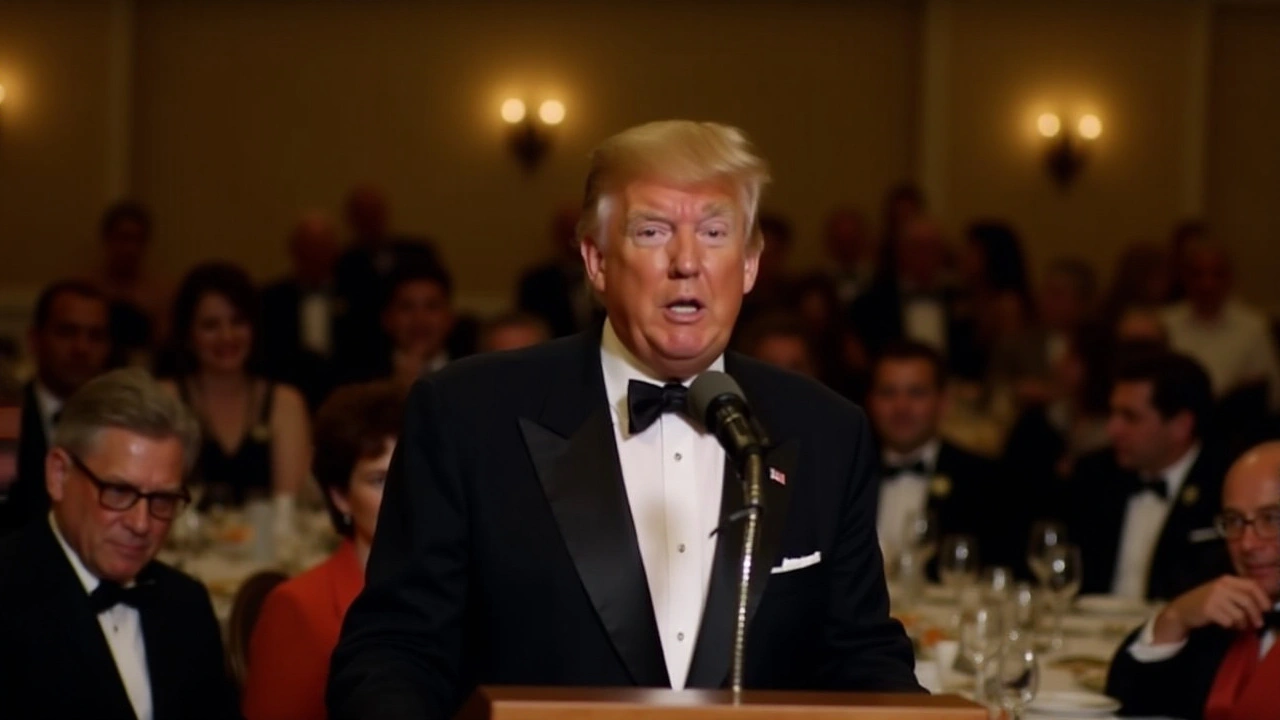
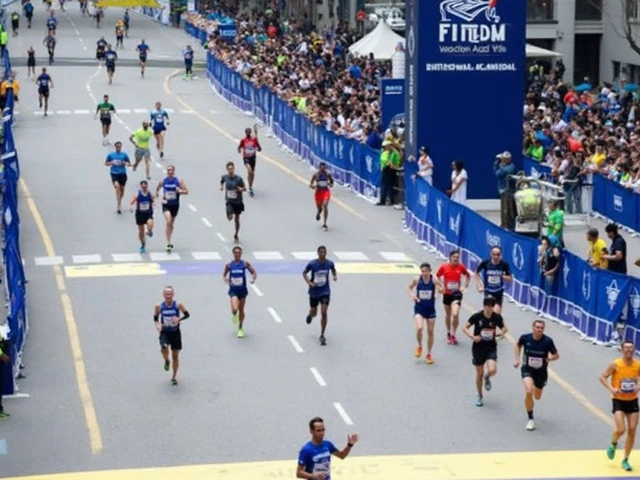


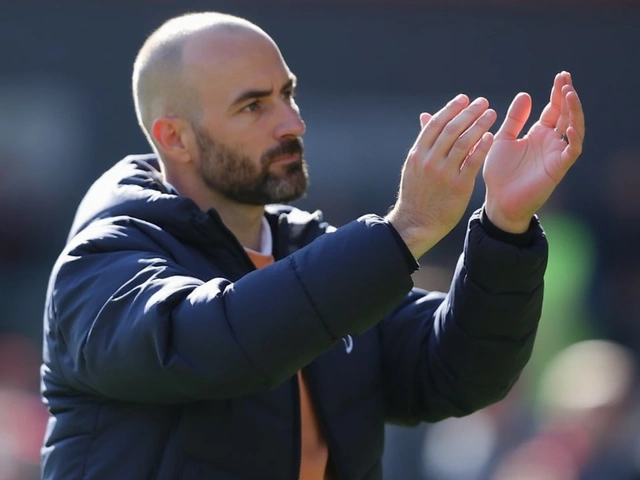

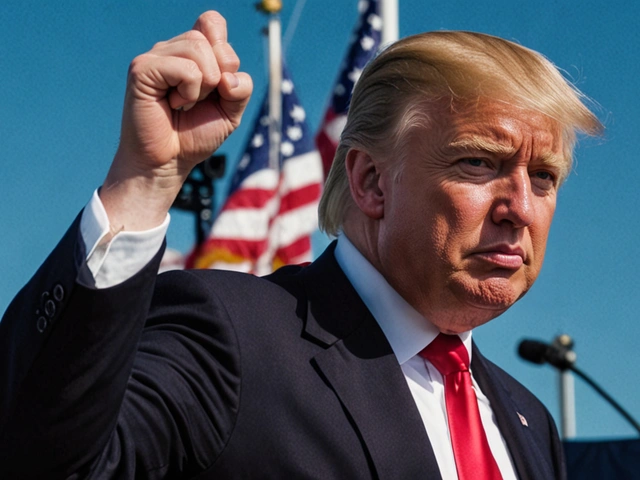

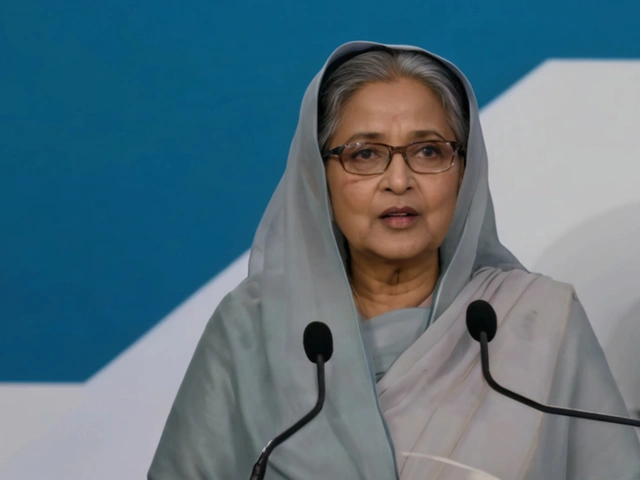

Write a comment